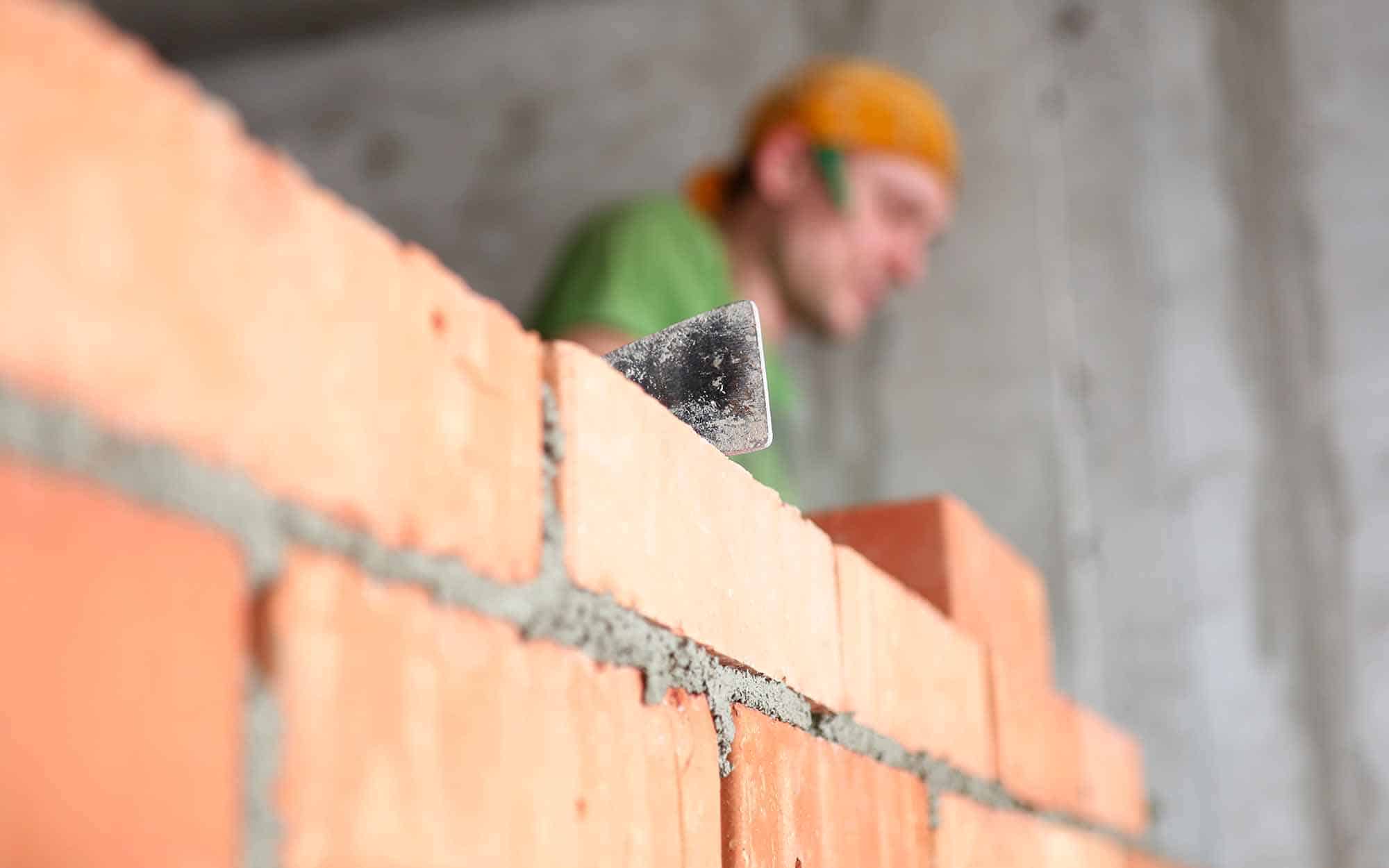Unlocking the Secrets of Lasting Masonry Building Practices for Eco-Friendly Buildings
Amongst the myriad approaches to environmentally friendly structure, sustainable stonework construction stands out as a tried and true and durable technique that holds a wealth of untapped capacity. From the selection of materials to ingenious building strategies, the secrets to attaining sustainability within masonry construction are complex and interesting.
Advantages of Sustainable Stonework Building
Accepting lasting stonework building practices not just lowers ecological impact but additionally uses long-lasting economic advantages to building contractors and areas. By using materials like recycled blocks, obstructs, and stones, builders can dramatically reduce the carbon footprint of their tasks while promoting resource effectiveness. Furthermore, sustainable stonework construction methods, such as proper insulation and thermal mass buildings, can improve energy efficiency within structures, leading to lowered operational prices in time.
In addition, the resilience and resilience of stonework frameworks add to lasting economic advantages. Buildings created utilizing lasting masonry methods frequently call for less repair and maintenance, equating to set you back financial savings for contractors and home proprietors. The durability of stonework products also makes sure that structures stay stable and safe, decreasing the requirement for regular renovations or replacements.
Eco-Friendly Masonry Products
Utilizing eco-friendly stonework materials is a pivotal action towards boosting the sustainability of building and construction practices and lessening environmental effect while optimizing lasting economic benefits. Lasting masonry materials are sourced, produced, and used in a fashion that decreases total ecological impact. Sustainable concrete obstructs include recycled accumulations and may feature enhanced insulation properties, adding to power performance in buildings.
In addition, natural products like adobe, rammed earth, and straw bales give outstanding thermal mass residential or commercial properties, reducing the requirement for heating and cooling down energy. These materials are usually locally available, promoting regional economic situations and lowering transportation-related carbon discharges. By selecting eco-friendly masonry products, building and construction jobs can substantially minimize their environmental impact and add to the production of healthier, extra sustainable built atmospheres.
Energy-Efficient Masonry Techniques
Energy effectiveness plays a critical role in improving the sustainability of stonework building and construction practices. One key energy-efficient masonry method is the usage of thermal mass, which includes integrating thick products like concrete or block into the structure's structure to absorb and save warmth.

Developments in Sustainable Stonework
Recent innovations in sustainable stonework techniques have actually produced cutting-edge methods that are reshaping the building and construction market. One such development is the advancement of self-healing concrete, which uses bacteria installed within the concrete to recover cracks autonomously. This breakthrough not only lowers maintenance prices however also improves the toughness of stonework frameworks, adding to their sustainability.
Another notable advancement is the use of recycled aggregates in stonework construction - masonry concrete slate roller contractor. By incorporating products such as crushed ceramic waste or recycled glass right into concrete mixes, building contractors can lower the environmental effect of construction jobs while maintaining structural integrity. This practice not only draws away waste from land fills yet also saves all-natural resources, making it an essential innovation in lasting stonework building and construction
Furthermore, the assimilation of digital style tools, such as Structure Details Modeling (BIM), is revolutionizing the method stonework frameworks are intended and constructed. BIM permits even more precise computations, reduced material wastage, and enhanced power performance, inevitably leading to more sustainable building techniques. These innovations jointly signify an appealing future for sustainable stonework building in the era of eco-friendly structures.
Future Trends in Masonry Sustainability
With the cutting-edge strides made in sustainable masonry methods, the future patterns in stonework sustainability are poised to more reinvent the construction sector. Among the crucial patterns forming the future of masonry sustainability is the increased combination of innovation. Advancements such as Structure Info Modeling (BIM) and digital reality simulations are being used to optimize stonework building procedures, leading to decreased product waste and boosted energy efficiency in structures.
In addition, the development of unique lasting moved here products is set to play a substantial role in improving the eco-friendliness of masonry construction. masonry contractor. Technologies like self-healing concrete, recycled accumulations, and bio-based binders are gaining grip for their capability to minimize environmental impact while preserving architectural stability

Verdict
Finally, lasting stonework building and construction practices supply many benefits for green structures. By utilizing eco-friendly products and energy-efficient techniques, stonework can contribute to a more lasting developed atmosphere. Developments in sustainable masonry are continually being created to even more boost the ecological performance of buildings. Looking towards the future, the trend of masonry sustainability is anticipated to grow, leading to even more eco friendly and energy-efficient building practices in the years to find.